Have you ever stopped and wondered how you’re able to walk, talk, breathe, and think all at the same time without even thinking about it? Seriously, it’s kind of amazing. Your body is like this secret powerhouse, running a wild symphony behind the scenes every single day. Welcome to the world of human physiology the science that digs into exactly how your body works. It’s not just about memorizing parts; it’s about understanding why your heart beats, why you breathe without noticing, and how thoughts pop up in your mind. Ready to take a peek inside this incredible inner universe?
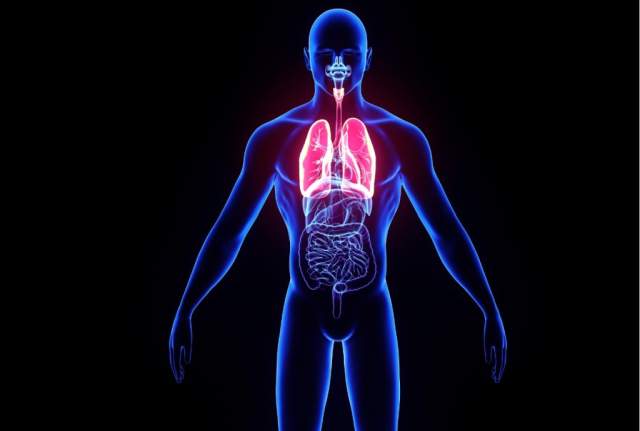
Let’s dive into this beginner-friendly guide to human physiology and see what makes your body so resilient and capable. Whether you’re just curious or already know a bit, we’ll unravel some pretty cool secrets together. You might even walk away feeling a bit more empowered and maybe even inspired to take better care of yourself.
The Basics: Cells and Tissues Where Everything Starts
Okay, before we get all fancy with organs and systems, let’s zoom in. Like, way in. At the root of everything your body does are cells the tiny building blocks that keep everything running smoothly. Imagine them as little workers bustling around a giant city (your body), each with their own special job. Muscle cells help you move, nerve cells send signals everywhere, and skin cells build your protective outer layer. Without these guys working together? Well, nothing else would work!
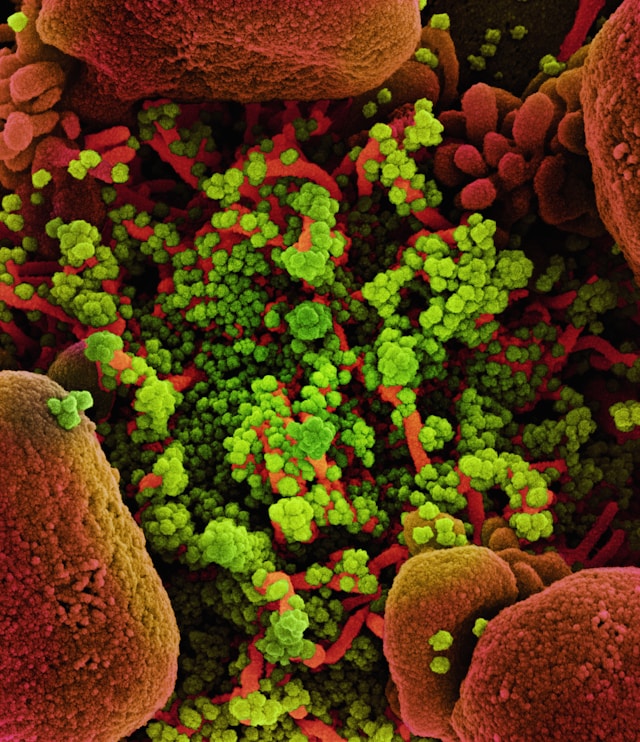
When groups of similar cells team up, they form tissues like muscle tissue for moving stuff, nervous tissue for communication, connective tissue for support, and epithelial tissue for covering surfaces. These tissues then join forces to create organs: think heart, lungs, brain… all those MVPs inside you! So really, understanding cellular functions is like learning what bricks and mortar do before admiring an entire building.
The Control Center: Your Nervous System
Imagine there’s a super high-tech control room inside you that’s basically your nervous system in action. This system is responsible for coordinating almost everything: walking across the room (easy!), digesting lunch (automatic), or dodging something hot (ouch!). It includes your brain (the boss), spinal cord (the main highway), and nerves (the messengers).
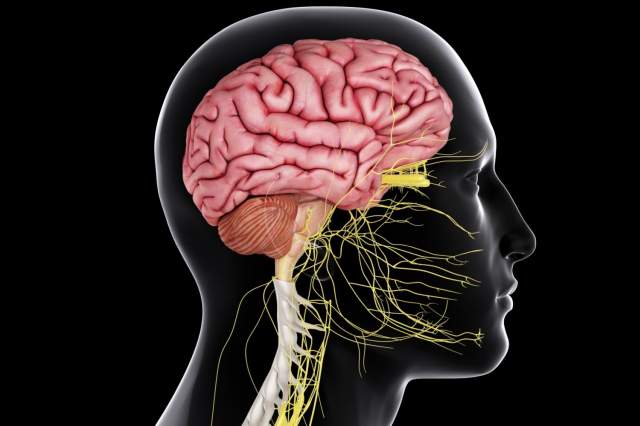
Need a quick crash course on how it all works? Here goes: sensory nerves pick up info from the world around you (that weird smell? cold air? pain?), then rush those messages straight to your brain or spinal cord for processing. Your brain decides what needs doing next maybe pull your hand back from something hot and fires off instructions through motor nerves to get muscles moving pronto.
Here’s something cool: if you touch a hot stove by accident, your spinal cord actually jumps in first with a reflex action before your brain even realizes what happened! That split-second response can literally save you from getting burned.
Chemical Messengers: Hormones & The Endocrine System
Now let’s talk chemistry but don’t worry, no lab coats needed! While nerves handle fast communication through electrical signals, the endocrine system uses hormones those famous chemical messengers to manage longer-term changes all over your body.
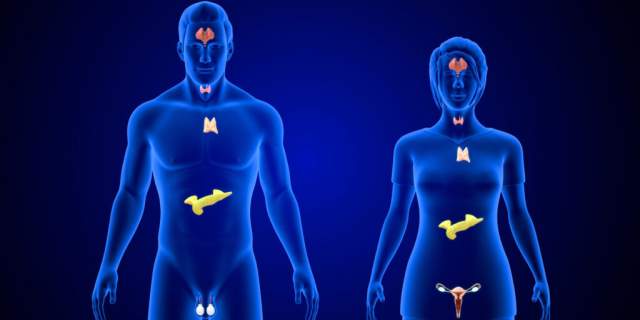
Hormones are produced by glands like the pituitary (the “master” gland), thyroid (metabolism central), and adrenal glands (stress squad). They cruise through your bloodstream delivering orders: grow taller! Speed up! Chill out! For example: adrenaline kicks in when you’re stressed (“fight or flight!”) making your heart pound faster; insulin helps handle blood sugar after meals.
It’s honestly like balancing a complicated recipe too much or too little of any hormone can throw things out of whack. Ever notice how stress messes with sleep or appetite? Yep that’s hormones at work again.
Powering Up: Cardiovascular & Respiratory Systems
So where does all this energy come from? Enter the cardiovascular and respiratory systems your personal power duo.

First up is the cardiovascular system: think heart as the engine pumping blood through an epic network of arteries and veins. Blood isn’t just red stuff it carries oxygen (thanks to lungs!), nutrients from food, hormones for communication, even immune cells fighting germs. Take care of that heart it keeps everything else going strong!
Now pair that with the respiratory system the one that lets you breathe without thinking about it. Each breath pulls oxygen into millions of tiny air sacs called alveoli in your lungs; here’s where oxygen hops onto red blood cells for delivery around the body. Meanwhile carbon dioxide a waste product is ferried back to your lungs to be exhaled out. Kinda wild that every single breath powers countless processes in real time!
Getting Around: Musculoskeletal System
Ever wonder how you stand up straight or wave hello? Thank your musculoskeletal system the combo of bones (your framework), joints (for movement), cartilage/ligaments/tendons (connectors), and muscles (movers).
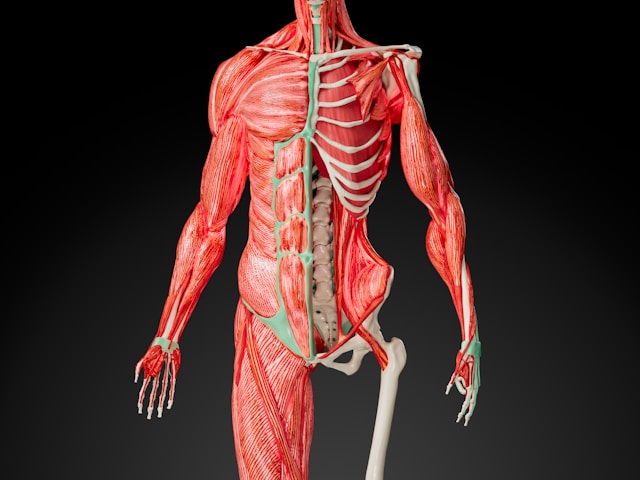
Bones are sturdy scaffolding giving shape and protection; muscles contract so you can move; joints make bending possible; ligaments/tendons keep everything tied together safely. But this system isn’t just about big moves it also handles posture, balance so you don’t tip over easily…and even generates heat to keep you warm!
Fueling Up: Digestion & Metabolism
Of course all those systems need fuel and that comes from food! The digestive system breaks down meals into bite-size pieces small enough for absorption so cells can use them.

Picture this journey: food starts in your mouth → slides down esophagus → churns in stomach → gets digested in intestines with help from liver/pancreas → nutrients are absorbed into bloodstreams → leftovers exit as waste.
Inside each cell? Metabolism takes over converting sugars/fats/proteins into ATP (“energy currency”). Your metabolic rate is basically how quickly you burn through energy doing everything from blinking to sprinting.
Everything Works Together: The Symphony Inside You
Maybe the most awesome thing about human physiology is how connected everything is, not one part runs solo! Your nervous system tells muscles when to move; hormones tweak digestion/metabolism based on what you eat; heart/lungs sync up during exercise… it’s all one big team effort.
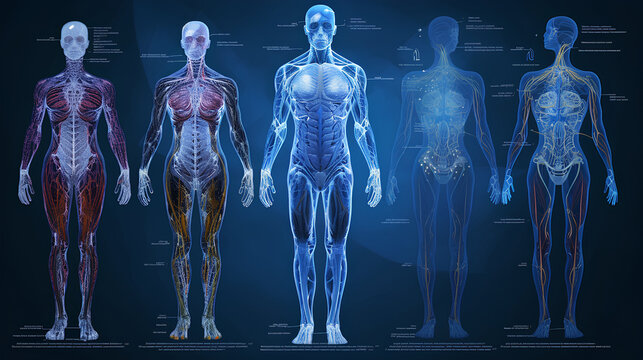
This matters because once you understand these connections even at a basic level you start seeing ways they affect daily life. Stress management becomes important when you realize how cortisol impacts sleep/weight/mood; appreciating lung function might convince you not to smoke; knowing what keeps hearts healthy could nudge better eating habits.
Bottom line? Understanding how these systems interact gives you more control over health choices and maybe more respect for what goes on inside every day.
Embracing Your Inner Universe
At its core, human physiology isn’t just textbook trivia, it’s literally your story, unfolding every second inside billions of cells talking non-stop using electricity and chemicals.
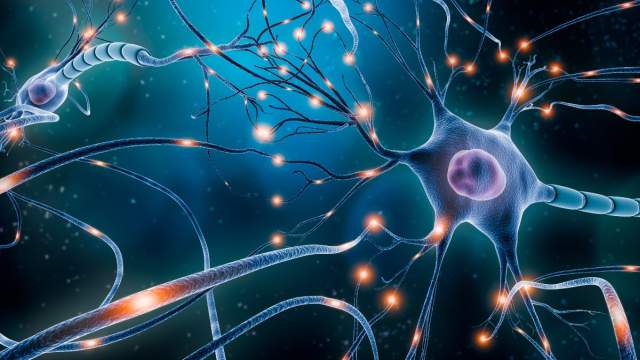
From the tiniest cell up to full-blown organ systems working together seamlessly…your body is honestly one impressive machine! We’ve covered command centers (nervous system), chemical messengers (hormones), power supplies (heart/lungs), structure/movement makers (muscles/bones), fuel processors (digestion/metabolism) all showing off just how brilliantly designed we are.
The more curious you get about these hidden workings the more likely you’ll appreciate yourself…and maybe give those hardworking systems some extra love with good habits along the way.
So…what part of your body’s inner magic do you find most fascinating?
